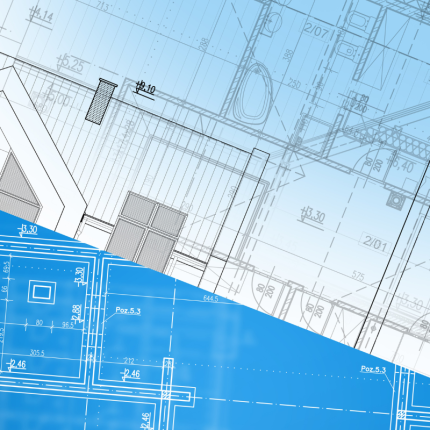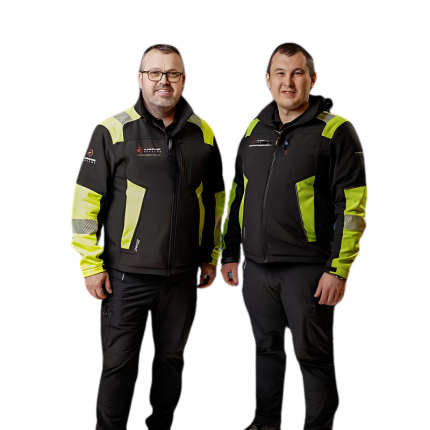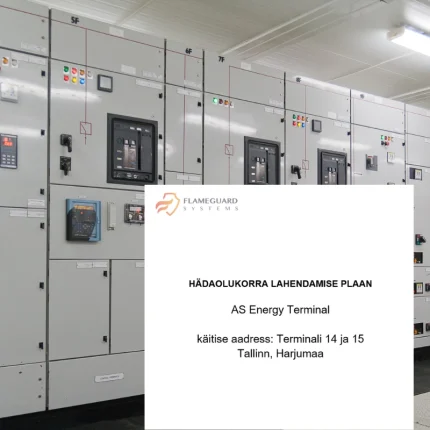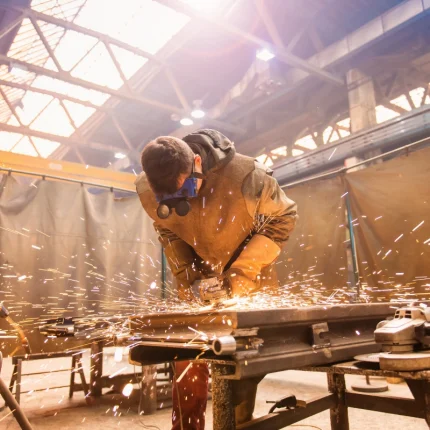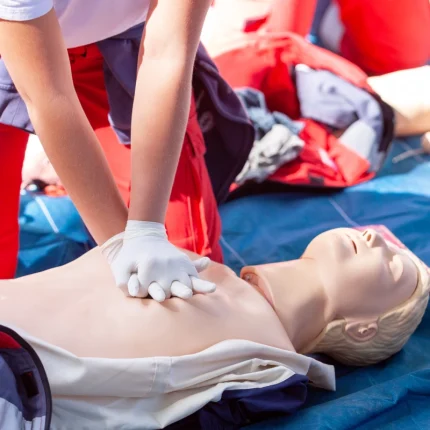Object Safety Cycle
122.00€
The safety manager performs a general inspection at the construction site at least once a week, during which the maintenance of the construction site and the work equipment used in the construction work, including scaffolding, ladders and lifting equipment, and compliance with occupational health and safety requirements are checked. On the construction site, the movement routes and their marking, if necessary maintained, shall be checked; the stability and strength of the work platforms; electrical installations,
which may be affected by precipitation; hazard labels; the use of personal protective equipment, storage of hazardous substances and combustible materials; the existence and maintenance of primary fire extinguishing equipment; the safety of excavation works; safety and competence of high-performance works; safety and competence of fire works; compliance with environmental requirements, etc.
The inspections carried out on the site shall be the subject of a report setting out the persons who participated in it, the time of the inspection, the shortcomings discovered and any suggestions for improvement.
The price of the service includes 1 hour of specialist work during which further activity is mapped and valued according to the actual work volume.
There are numerous accidents at work with workers in the construction sector. Nearly a third of cases end up with severe health damage. Falls from a height, loss of control over a hand tool, falling material or object occur more frequently in construction than in any other area of activity. A serious occupational accident significantly reduces the income of a person with work ability or makes him dependent on the state and family. This is not desired by the employee and his or her close relatives or by the employer under whose direction the work is carried out. Construction is an activity often characterised by changing places of work and dangerous work. Undesirable consequences may also occur if the simultaneous operation of workers from different employers in the joint workplace is uncoordinated. Ensuring safety at the construction site requires thoughtful activities and the implementation of safety measures by conscientious and competent employees from each employer and general contractor.
Although awareness of safety requirements has increased significantly over the years, workers without safety harnesses are too often encountered on construction sites, for example during temporary high-performance works. Some requirements may be knowingly ignored, but high-rise works must be subject to checks to ensure that the works are carried out safely. The employer and the main contractor are responsible for ensuring that the construction work does not endanger the employee. It is therefore necessary to increase the coordination of control and safety in particular in all hazardous work.


Receipt from Output point
The receipt of goods from the store is free of charge. We are expected to complete the order within 1-5 days, except for products on order.
The delivery of goods shall be made to the Contracting Authority or to a person authorised by the Contracting Authority. Additional information on the phone +37258212121 or shop@flameguard.ee.
Delivery of parcel trucks
The ability and charge to send a parcel machine depends on the conditions of the parcel machine service provider.
If the purchased product cannot be transported through the parcel machine network, Flameguard may change the service provider and in this case the transport price may also change.
Delivery by courier
The ability and reward to send by courier depends on the terms and conditions of the service provider. In general, we work with all express delivery companies and, if the purchased product cannot be transported through a specific express delivery service, Flameguard may change the express delivery service provider and in this case the transport price may also change.
Time-critical or time-sensitive transport
The possibility of time-critical or time-sensitive transportation depends on the location of the delivery and the exact terms and conditions of the service must be agreed in advance.
You can check the availability of the service on your phone +37258212121 or shop@flameguard.ee
Select delivery mode to subscribe to the service - Receipt from the dispatch point - Suur-Mämäe 31, Tallinn 11415
In addition, the cell in the contacts field must be filled in obligatorily Notes about order, to which the following must be added:
- Reference of the mode of delivery agreed with the flameguard;
- date and time of delivery;
- name and mobile phone number of the person receiving the goods.
OKAY! Without further information, the transport order will not be activated and the order will be stored at the delivery point of Suur-Mõjamäe 31, Tallinn
Seotud tooted
Local government crisis manager
Internal control of the working environment
Chimney sweeper service
Fire and evacuation exercise
- Simulate a real fire;
- Practices are being practised to help cope with the threat.
Approval of emergency plan
Training in fire work
First aid group training (16 h)
First aid group training (8 h)

Join our newsletter!
We send sector-specific information about the services and e-store by e-mail at 1 monthly frequency.


